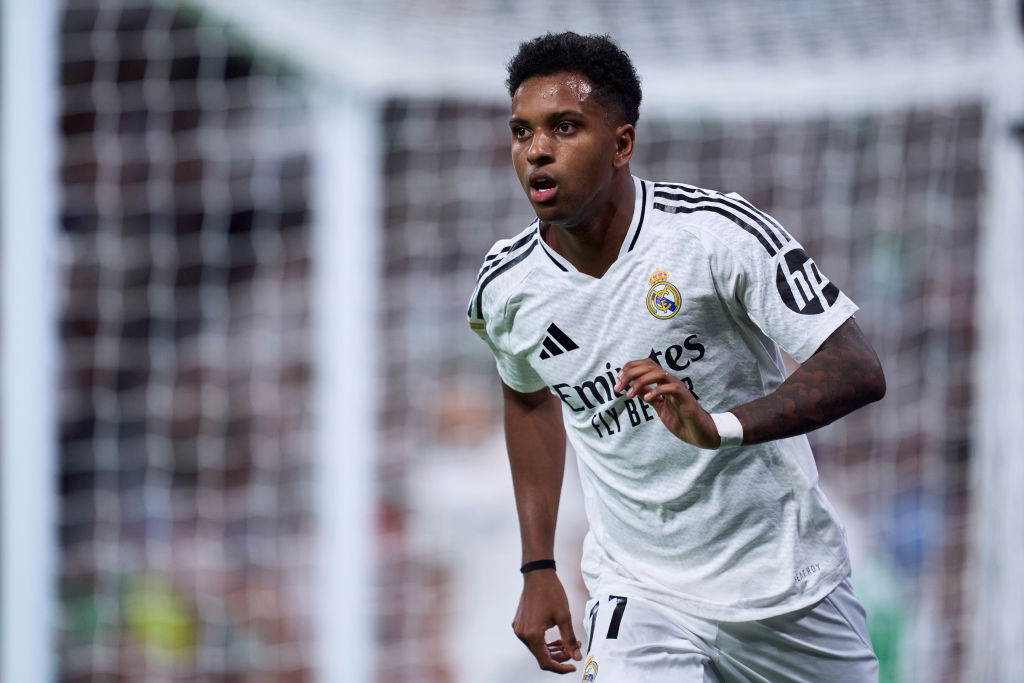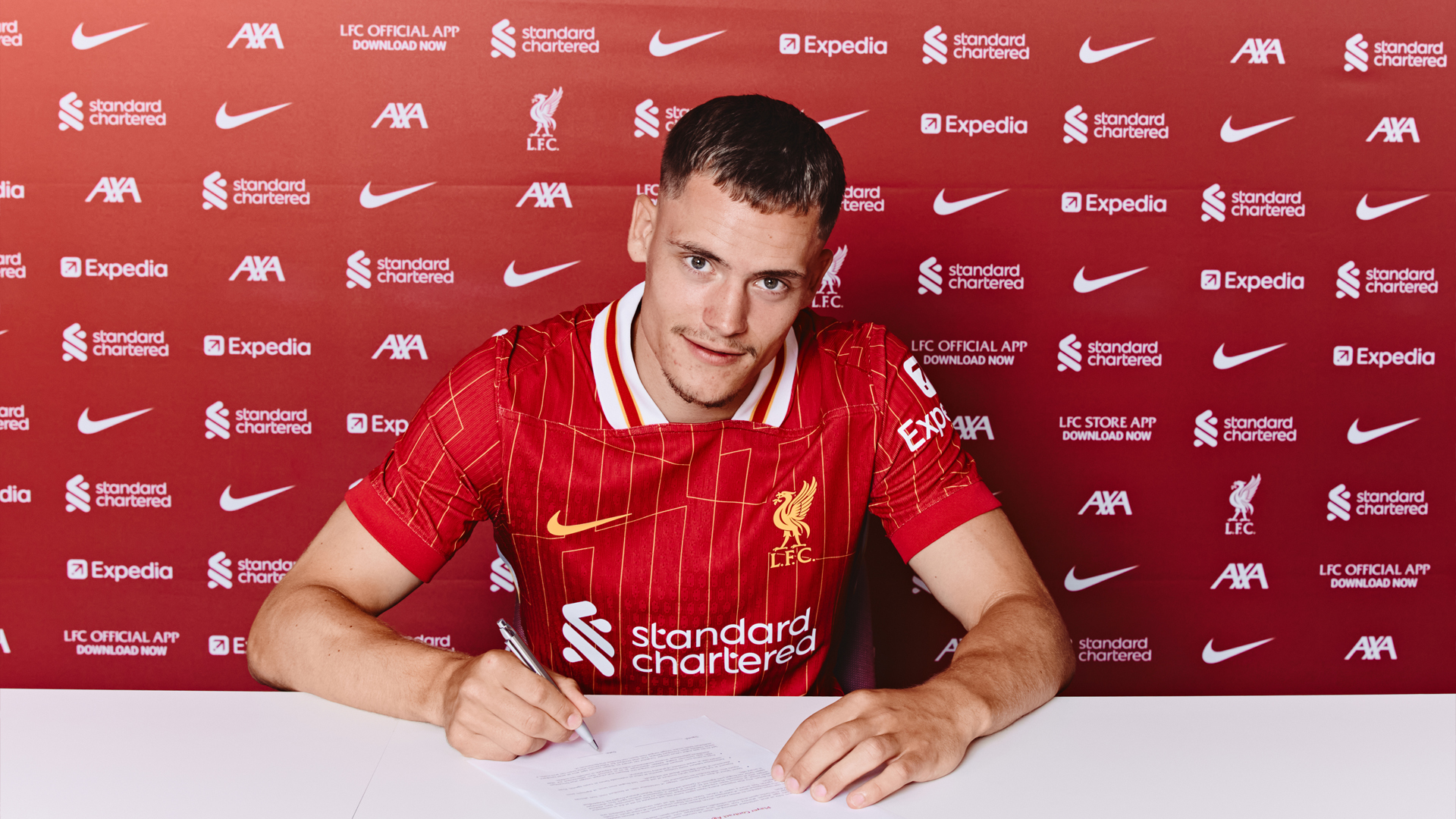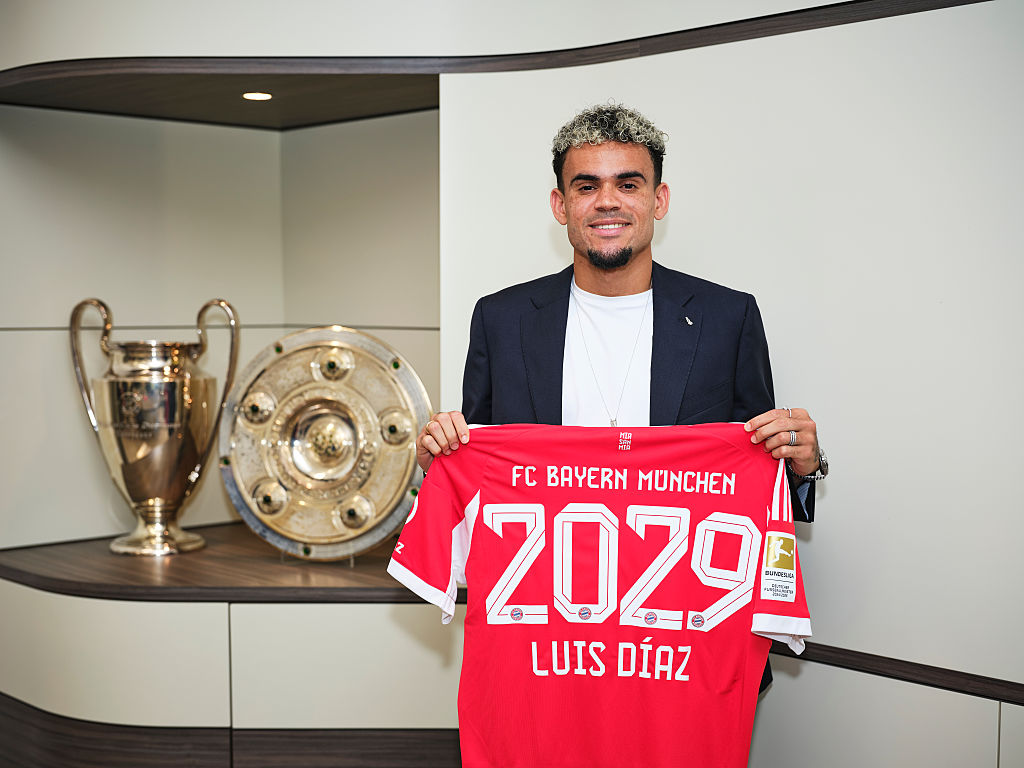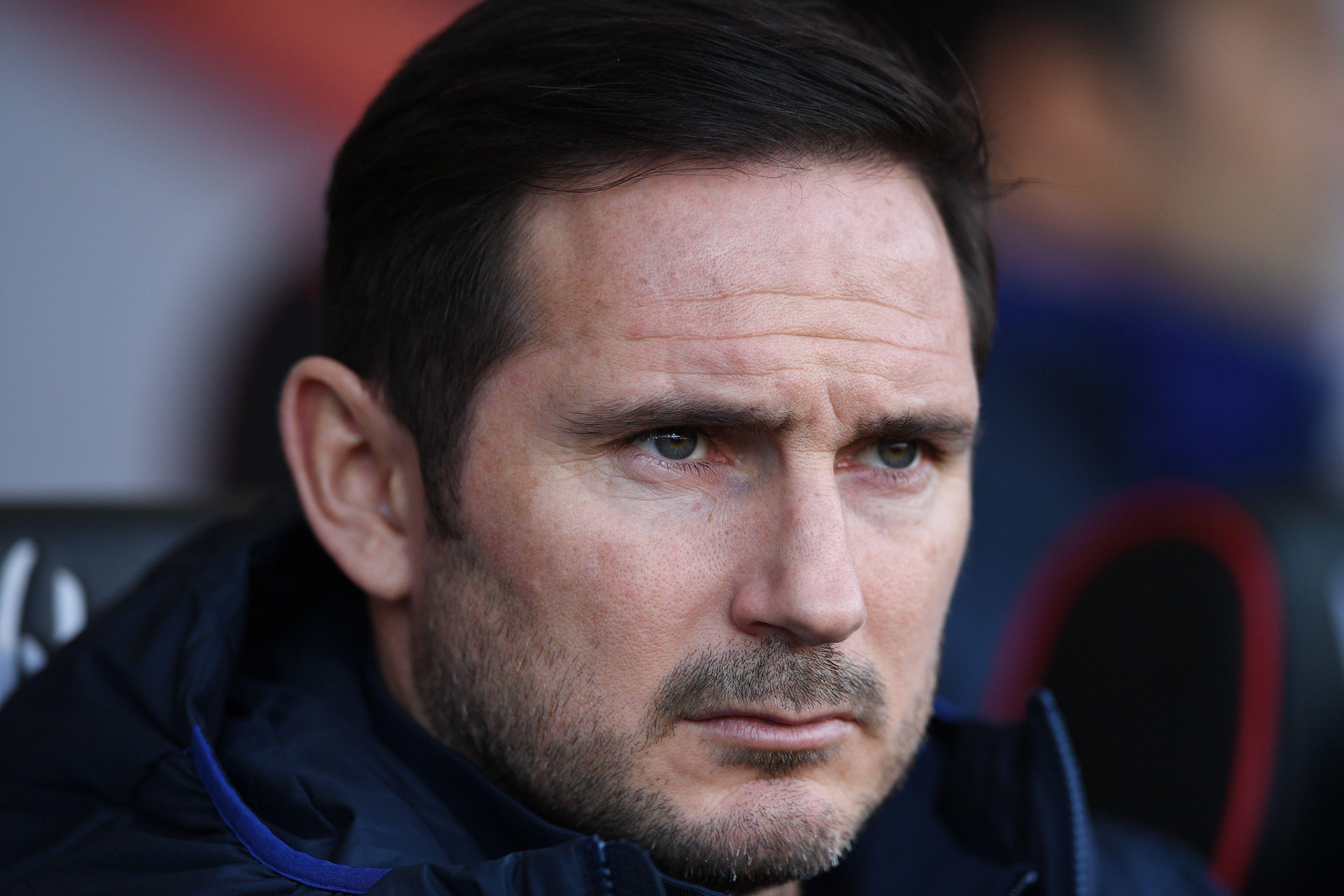How can Liverpool afford Alexander Isak and Rodrygo bids after huge summer transfer outlay?
Liverpool have spent nearly £300m already this summer, so how are they looking at such massive transfer fees while other clubs struggle to balance the books?

The Premier League's profit and sustainability rules have had most clubs keeping an extremely careful watch on their transfer business over the past couple of years.
Yet Liverpool have spent nearly £300m already this summer, and have been linked with bids for Newcastle hotshot Alexander Isak and/or Real Madrid winger Rodrygo which would take their spending to around the £400m mark.
With PSR in effect, can Liverpool really afford to go that far without running into trouble - and if so, how?
Player sales, accounting rules and massive retail help Liverpool's PSR position despite massive spend

Short answer to the first question: yes they can. The 'how' is a bit more complicated, but boils down to three basic factors.
The first is the way PSR is calculated. It takes into account a three-year period, and the money spent in any one transfer window does not really match one-to-one with the money they receive from player sales.

For accounting purposes, any transfer spending is amortised (or 'split', if you don't speak accountant) over the length of a player's contract, or up to a maximum of five years if the contract is longer.
That means that for accounting purposes, a £100m player on a five-year deal will show as having cost the club £20m a year for five years.
The best features, fun and footballing quizzes, straight to your inbox every week.
While that is happening, the player's value in the club accounts is reduced by the same amount - and sales are recorded as profit after amortisation. So if they sell the same player four years later for another £100m, it goes into the club's profit and loss sheet as an £80m profit.
That's why over the past few years, on occasion, we've seen clubs sending players in opposite directions for similar transfer fees: it can be more helpful to their PSR position than if they had both just held on to what they had... at least in the short term.

That's relevant to Liverpool - and takes us to reason number two - because they have sold around £190m of players this summer, many of them academy graduates who have an initial cost of zero.
All the money they have got from those players is pure profit. Luis Diaz and Darwin Nunez are the only exceptions, but they will also be able to report a healthy profit on Diaz.
But that's not the end of it. Liverpool also sold £50m of youngsters last summer while spending just £10m. The year before, the combined £52m they got from the Saudi Pro League for Jordan Henderson and Fabinho helped offset the £145m they spent on new signings.
Because PSR is based on a three-year period (every July to June), all that business puts Liverpool in a comparatively very healthy position, even when we just consider transfers.

Finally, and most simply, Liverpool is a massive club that makes tonnes of money from season ticket sales, corporate hospitality, global merchandise, overseas tours, and all the rest of it. Champions League money is a massive help, too.
In that regard, Liverpool is not much different from the likes of Arsenal and the two Manchester clubs (both of whom actually had higher revenues than Liverpool in 2023/24, the last year available on public record).
But it helps put Liverpool and their £614m in revenue at a decided advantage even compared with very big English clubs like Tottenham (£518m), Chelsea (£468m), Newcastle (£320m) and Aston Villa (£272m).
Continuing to spend as big as they have this summer would naturally hurt Liverpool's future PSR position and could mean they had to be more careful over the next two years - but for now, they can afford another massive signing or two.
Steven Chicken has been working as a football writer since 2009, taking in stints with Football365 and the Huddersfield Examiner. Steven still covers Huddersfield Town home and away for his own publication, WeAreTerriers.com. Steven is a two-time nominee for Regional Journalist of the Year at the prestigious British Sports Journalism Awards, making the shortlist in 2020 and 2023.
You must confirm your public display name before commenting
Please logout and then login again, you will then be prompted to enter your display name.

